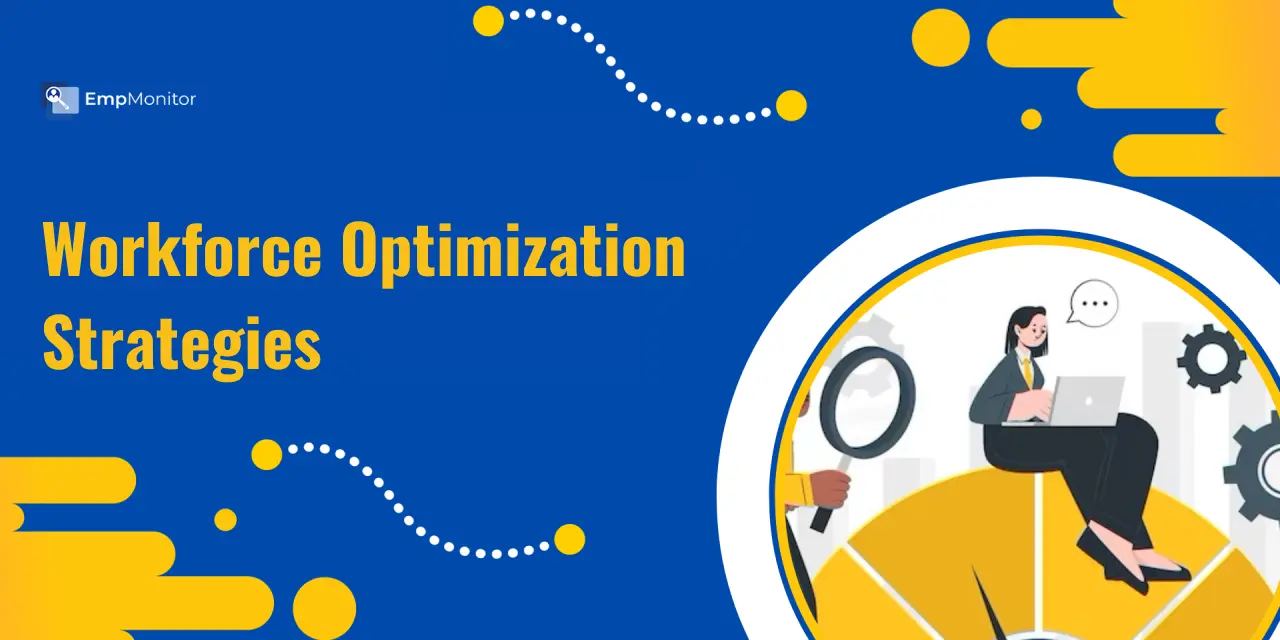Optimizing Workforce Management Through Effective Leadership
Optimizing Workforce Management Through Effective Leadership
Blog Article
How to Use Workforce Optimization to Enhance Corporate Culture
In today's competitive job market, keeping prime ability is more important than ever. High turnover charges may be expensive and disruptive, impacting productivity and morale. One successful way to increase staff retention is through workforce optimization. This process centers around maximizing the efficiency and pleasure of employees by aligning their abilities and pursuits with the needs of the organization. In that blog post, we'll examine how workforce optimization can drive worker preservation and offer realistic techniques for implementation.
Knowledge Workforce Optimization
Workforce optimization involves leveraging information and technology to boost the effectiveness and usefulness of one's workforce. It encompasses a variety of activities, including staff scheduling, performance management, and ability development. By optimizing these components, businesses can produce a more involved and effective workforce, ultimately leading to raised maintenance rates.

The Role of Data in Workforce Optimization
Knowledge represents an essential role in workforce optimization. By analyzing employee efficiency metrics, companies may recognize tendencies and patterns that affect retention. As an example, knowledge can show which workers are at risk of leaving and why. Armed with this specific information, HR experts may build targeted interventions to deal with the main issues and increase retention.
Arrangement for Success
Effective arrangement is just a key component of workforce optimization. By aiming staff schedules making use of their choices and availability, businesses may minimize burnout and raise job satisfaction. Additionally, flexible arrangement options, such as for example distant function or compressed workweeks, will help workers obtain better work-life balance, further improving retention.
Performance Management and Feedback
Typical efficiency opinions and feedback are essential for workforce optimization. Employees who receive constructive feedback and acceptance due to their efforts are more likely to experience appreciated and engaged. Utilizing a powerful performance administration system can help agencies track development, set objectives, and give ongoing support to employees, fostering a tradition of continuous improvement.

Skill Development and Career Development
Investing in employee growth is really a strong preservation strategy. Workforce optimization assists organizations recognize talent spaces and give targeted teaching and growth opportunities. By providing personnel obvious pathways for job growth and improvement, agencies can improve job satisfaction and commitment, reducing turnover rates.
Conclusion
Workforce optimization is a critical strategy for improving employee retention. By leveraging information, optimizing scheduling, and buying efficiency management and skill progress, agencies can create a far more involved and productive workforce. Consequently, that leads to higher retention rates, paid down turnover expenses, and a tougher, more resistant organization. Start utilizing workforce optimization strategies today and enjoy the benefits of a happier, more determined workforce.
Report this page